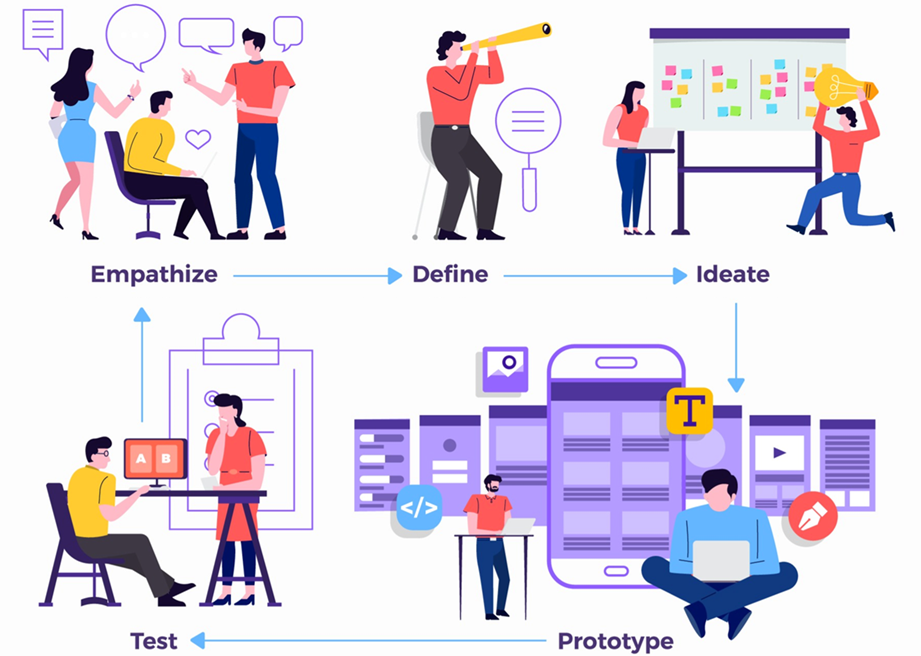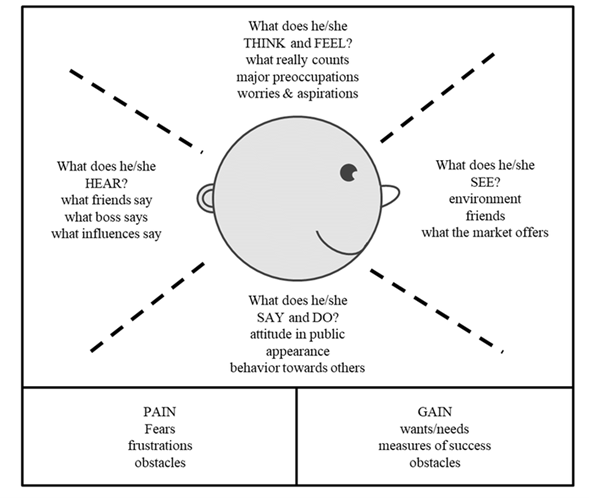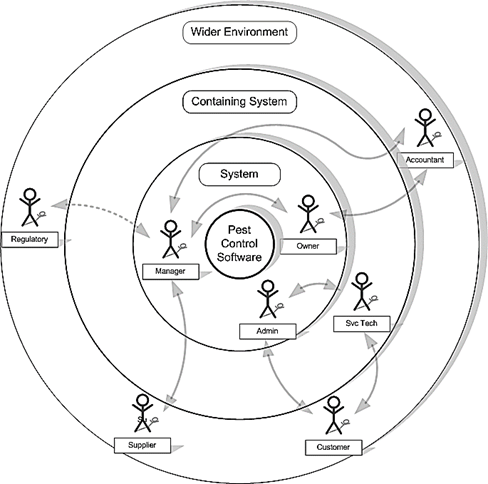The Courage to Try Something Old – Part 1: Facilitation
We know that it often takes courage to try something new. But what about trying something old? Sometimes it takes courage to do the basics, things that we know work, but for a variety of reasons are deemed to take too long or seem too “old school.” Often the old ways are not welcome. To be sure, the old ways do not always add value. But when they do, it can take courage to convince the organization that it’s worth spending the time. The first one of these oldies but goodies that I will address is about facilitating requirements meetings. Even the concept of a meeting seems a bit old school, and when you add on the discipline needed to successfully facilitate, it can seem insurmountable.
The glorious thing about requirement meetings is that rather than interviewing many stakeholders separately, which is time-consuming, we can get the stakeholders together. It’s a chance to get issues discussed, questions answered, and direction set. But stakeholders may come unprepared or with hidden agendas. There are usually different personalities and communication styles which cause different types of disruption. And it takes courage to take the time to successfully facilitate. It takes courage to keep the meeting focused. Here are three tips that will provide you courage and increase the likelihood of success.
Preparation. No matter how experienced we are, no matter how many meetings we’ve facilitated, no matter how many disruptive stakeholders we’ve encountered, we face new challenges each time we facilitate a requirements session. We can’t eliminate the disruptions, but we can minimize their effect. Thoughtful preparation with the appropriate stakeholders will help us go into each requirements event with confidence. Minimally, we need enough preparation to communicate the following before the meeting:
• Objective. This is an action, stated as a verb. Examples include: to resolve issue(s), develop a process describing a current or future state, review the results of an iteration/phase, or project.
• Desired outcome. This is a thing, stated as a noun. Examples include: decisions, issues, parking lot topics, requirement models and lists, story maps, flows and other diagrams, user stories, action items, follow-up items, and responsibilities, to name a few.
• Attendees, prep work needed of each, and expectations for their contributions during the meeting.
• Topics to be covered, who owns the topic, and approximate time to be spent on each.
• Tools and techniques to be used and how, when, and by whom.
Advertisement
[widget id=”custom_html-68″]
Meeting agreements (ground rules, protocols). The ability to keep focus during the session requires the use of meeting agreements, or ground rules. Throughout the years we have tried to soften the use of the term “ground rule,” maybe because “rule” seems so inflexible. Regardless, these agreements help keep us grounded. Getting participants to establish and then follow them, though, is tricky but necessary—necessary because disruptive participants can make everyone miserable. If we call out the disruptor, we risk breaking the safe environment and having the other participants shut down. If we do nothing, we will not successfully meet our objectives. There is no one right way to handle disruption. What has worked best for me is to anticipate disruption, include it in the prep work, and hold pre-meetings with those most likely to be disruptive. And the use of a parking lot can be one of the many agreements established.
Quick decision are not decisions. The final thought is that decisions cannot always be made during the meeting. There are a myriad of reasons why trying to curtail discussions and move forward will result in frustration and future changes. We can’t demand that decisions be during the meeting. But we can have a tentative agreement, and then it’s up to us to check in with reluctant participants as needed.
Sound a bit old school? Yes, of course. These are techniques that have been around a very long time. But they work.
We tried getting rid of meetings, and that didn’t work. We tried getting rid of meeting agreements. Chaos. We tried getting quick decisions, only to be blindsided and saddled with rework later. Sometimes the old is not the most popular, but it is the best approach, even if it takes courage to get people on board.







